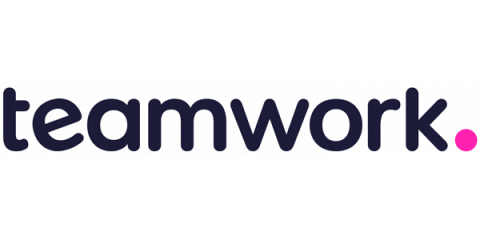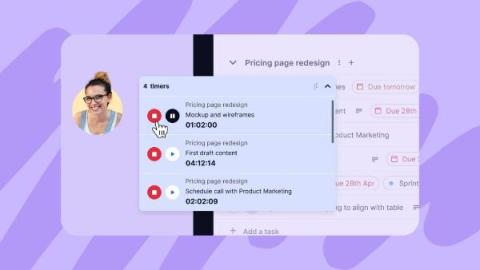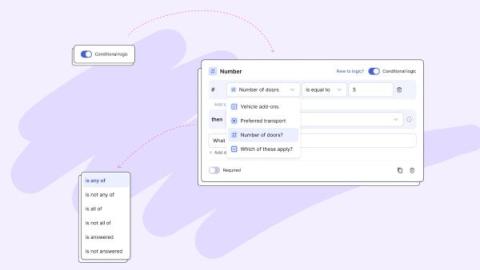7 cutting-edge tools for financial advisors
Financial professionals rely on financial planning tools and software to work efficiently and accurately. Some of these tools are as old as the PC itself, while a new generation of financial services tools is also competing for your attention. But with so many of these tools offering wide-ranging, overlapping feature sets, choosing the right mix of tools is a time-consuming process for investment advisors.









